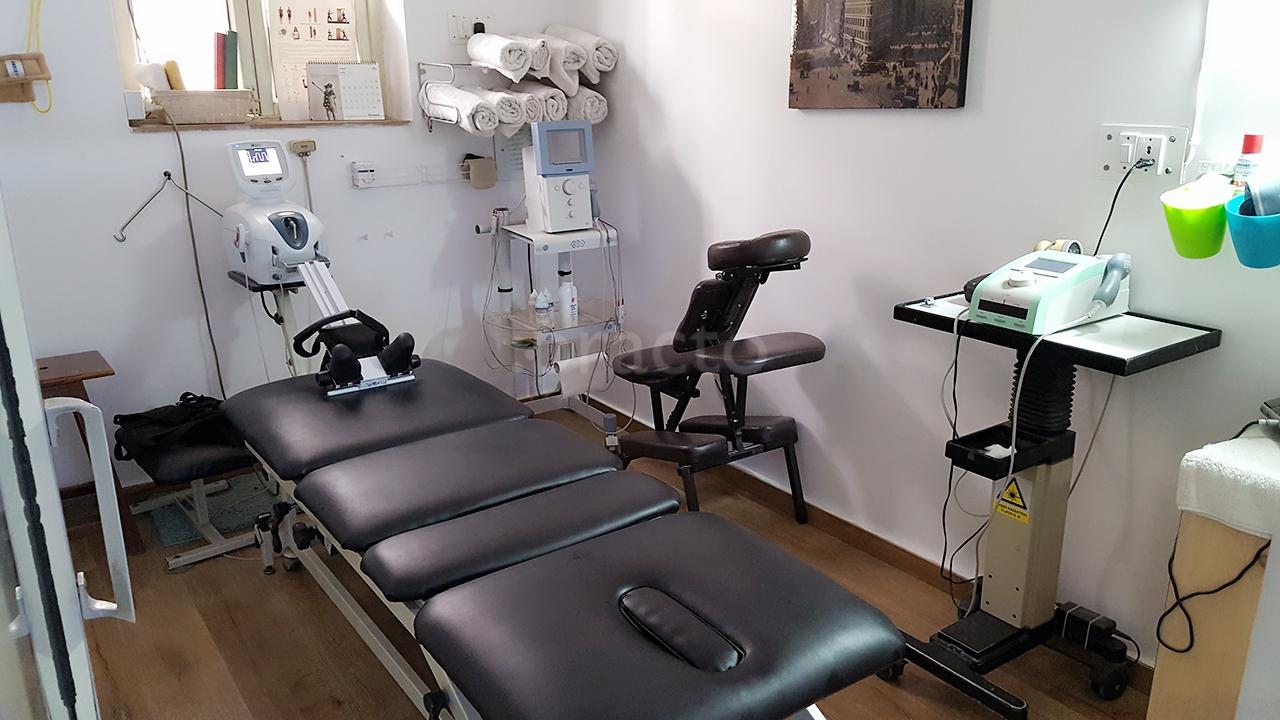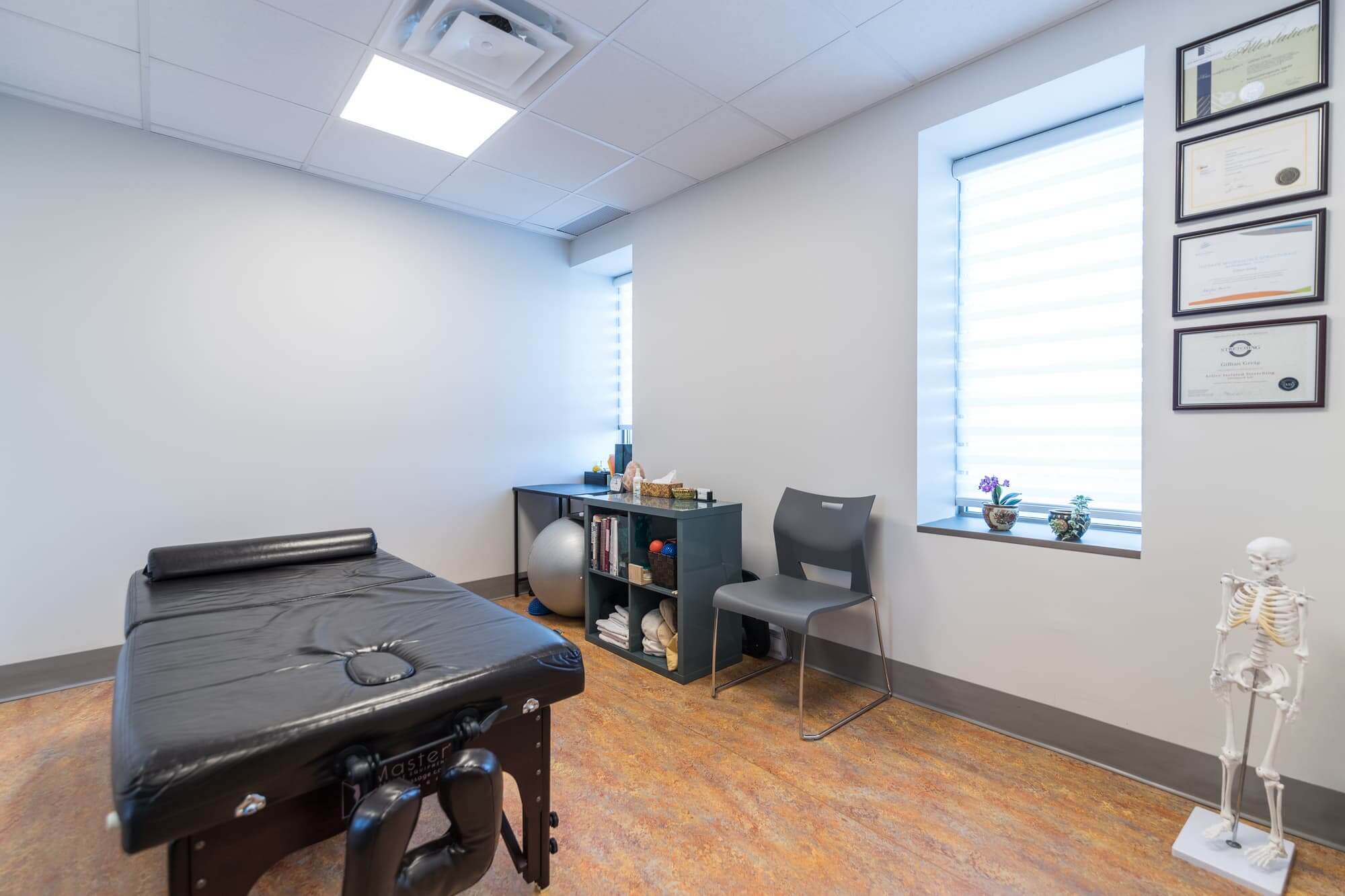After the physio in the physiotherapy clinic has examined the effects of repetitive movements on your pain image and assessed the neurological health of your affected body part, they will have a better notion of which structures require further investigation to determine the specific nature of the problem.
It’s time to put individual muscles, joints, and ligaments under stress to see how they react and learn more about what’s going on. To gain a sense of the status of the tissues, the physio may just feel and grip the area firmly. Are they particularly sensitive? Is there any muscle spasm or tissue thickening?
Importance of Physiotherapists
Consider your knee. After checking the general condition of the tissues, the physiotherapy services will compress the area around the knee to see if there is any swelling, also known as an effusion and best physio services. They will search for soreness, pain, or thickening along the joint line, over the main ligaments and where the tendons insert, over the patella, and over the muscles adjacent. The physiotherapist will then assess the ligaments, which are tough fibrous structures that help to stabilize joints and keep them from moving into undesirable postures.
The physiotherapist in the physiotherapy clinic can exert considerable loads through the knee by utilizing your thigh and shin as levers, stretching the knee ligaments, which will react with discomfort or looseness if they are abnormal. The joints will then be placed in postures that strain or isolate the muscles that travel through them, allowing the muscles and joints to be examined for integrity.
Specialized Examinations
There are a variety of specialized examinations that may be conducted on the spinal joints to help narrow down the list of suspects. The accessory movements of specific spinal joints, as well as the minor gliding and sliding movements that occur inside joints as they move back and forth, will be examined by the physiotherapist. The physiotherapy services will frequently place you on your side and move your spine back and forth as they feel the mobility between the distinct spinal levels.
Following that, you may be asked to lie down on your back while the physiotherapist palpates (prods and pokes) your spinal levels with varying degrees of force, but usually rather hard, to check if any particular level reacts by causing the discomfort you regularly experience. All of these tests in the physiotherapy clinic work together to help the physio form a diagnosis.


